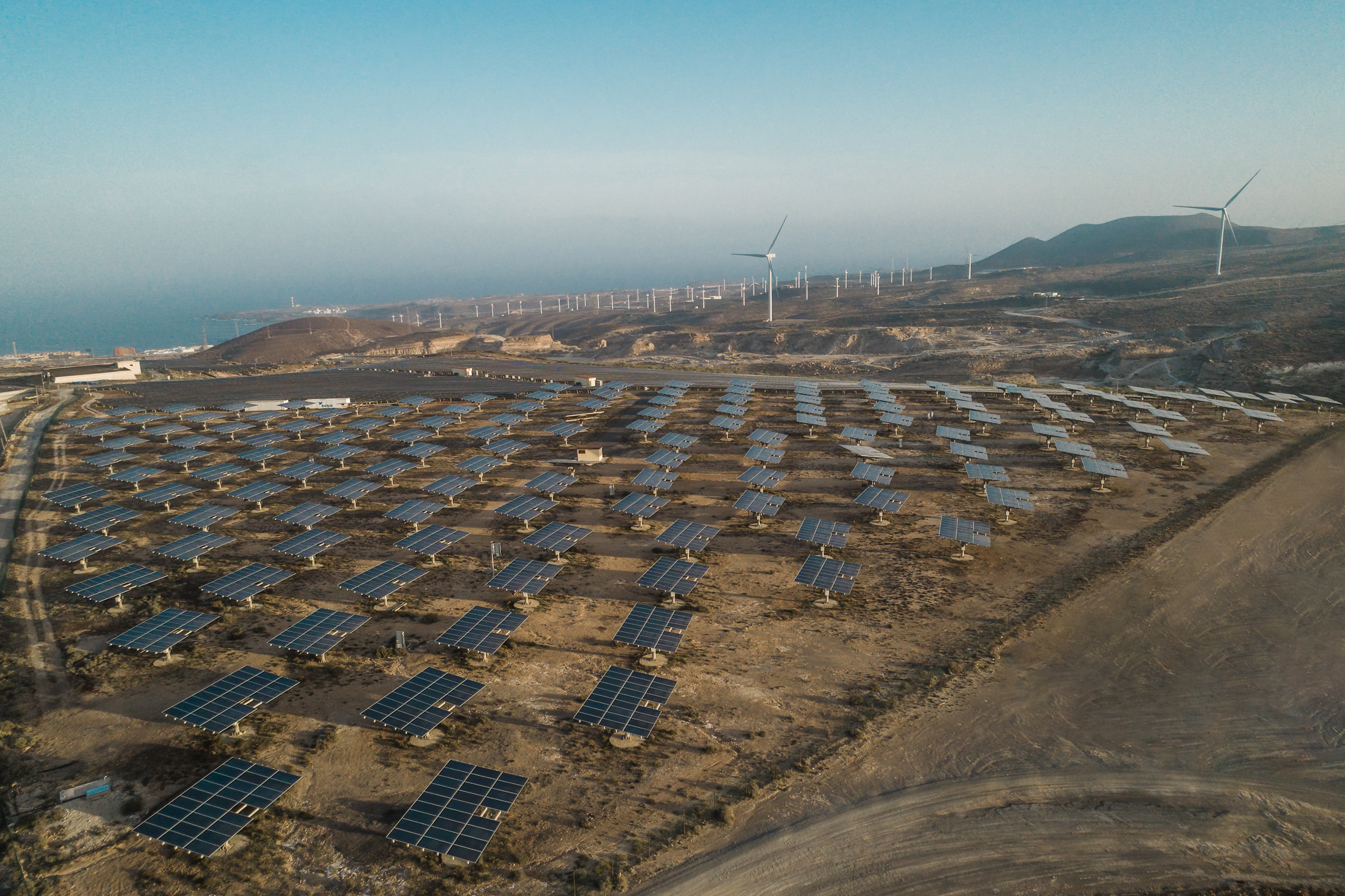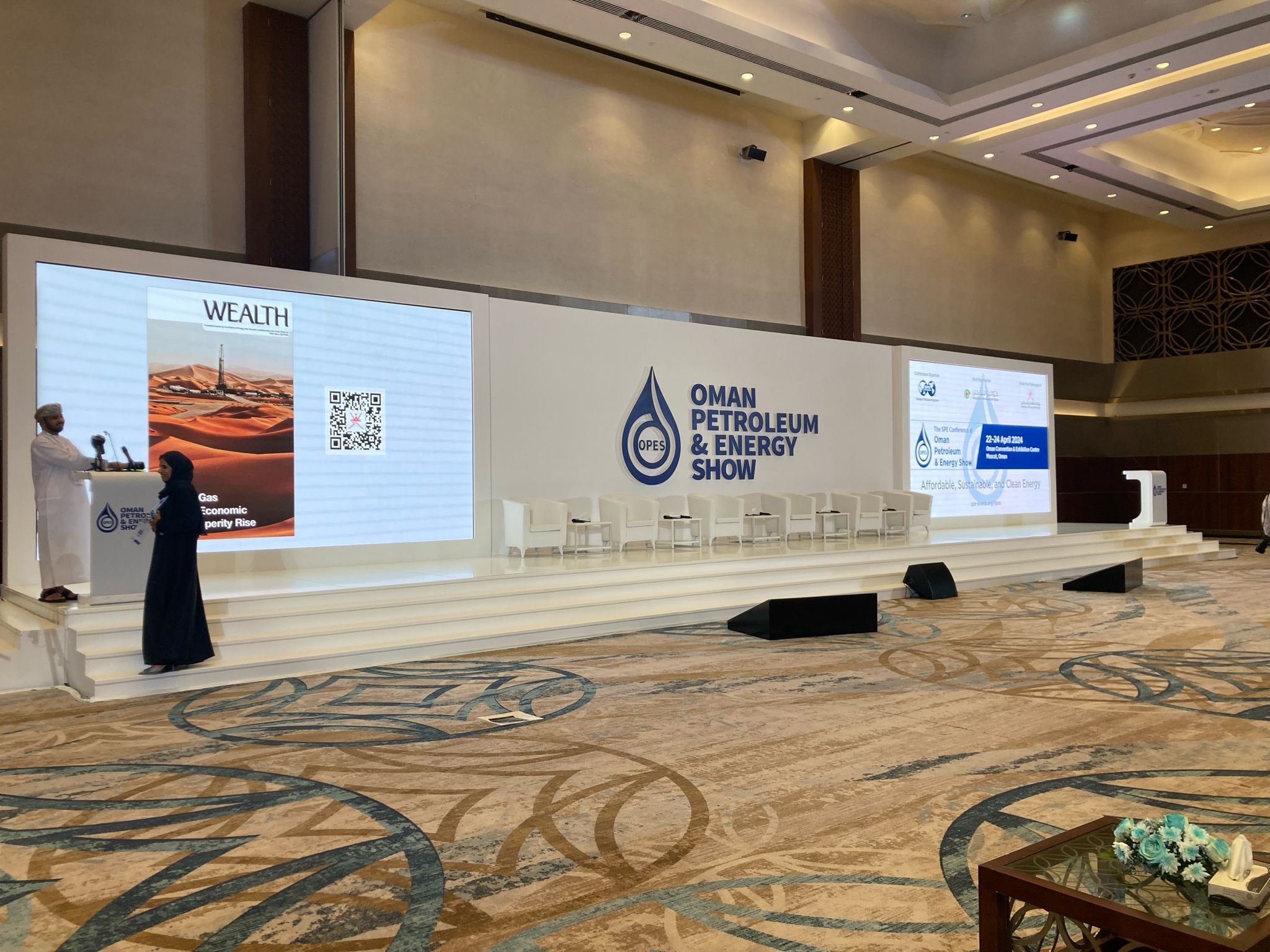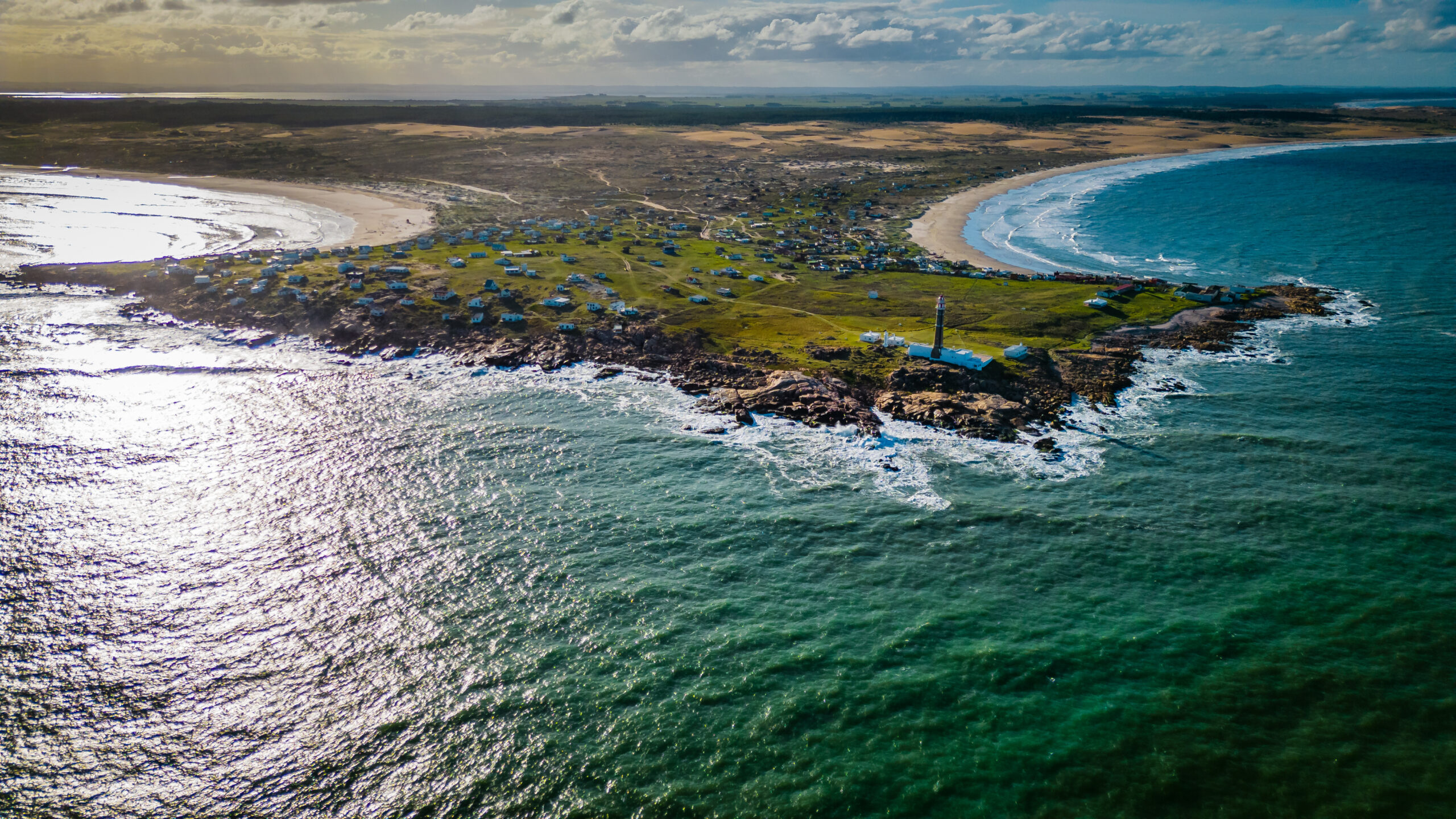U.S. renewables beats fossil fuels on cost of energy
A cost-of-energy analysis of different sources of electricity generation shows that solar, wind, and batteries offer some of the cheapest sources of power on offer. Still, there are challenges slowing faster deployment.

Solar and wind paired with battery storage can offer some of the cheapest forms of electricity across much of the U.S., beating out gas and coal, according to a new study into the cost of energy.
Renewable energy is set for rapid growth this decade, turbo-charged by recent federal legislation that offers generous subsidies for clean energy, combined with forthcoming regulations on carbon emissions from power plants.
But behind the expected buildout of solar, wind, and battery storage is the competitive economic case for clean energy, according to a new study conducted by financial services firm Lazard. The firm’s annual analysis looking at the levelized cost of energy (LCOE), which refers to the estimated revenue needed for a project to operate over a certain period of time, and it offers something of a standardized way of comparing different sources of generation.
Lazard estimates that utility-scale solar projects have an LCOE ranging from $24 to $96 per megawatt-hour (MWh), and $46 to $102 when paired with energy storage. Onshore wind averages $24 to $75/MWh and $42 to $114/MWh with storage. That compares favourably to gas combined cycle plants at $39 to $101/MWh. Other conventional baseload sources of power also lag behind, including coal ($68 to $166/MWh), nuclear ($141 to $221/MWh) and gas peaking plants ($115 to $221/MWh).
Those figures do not include the new federal tax credits included in the Inflation Reduction Act, which bring the costs for solar, wind, and storage down even further.
Another striking finding is that building new solar and wind facilities may even be economically attractive when compared to existing fossil-based sources of generation.
“Certain renewable energy generation technologies have an LCOE that is competitive with the marginal cost of existing conventional generation,” Lazard said in its study.
The numbers are compelling, but they echo trends that have been underway for some time.
“I don’t think the story changes. Wind and solar have been very cost effective compared to conventional technologies for quite a few years,” Lori Bird, director of U.S. Energy at the Washington-based World Resources Institute, told Gas Outlook, commenting on the study.
But she cautioned that they offer high-level figures that may obscure project-specific or regional differences. And crucially, the LCOE “doesn’t capture the full picture of integrating renewables onto the grid,” Bird said.
Other experts agreed.
“Yes, in several regions, the LCOE of solar or wind can be lower than the marginal cost of operating a fossil-fired power plant. However, services provided by the thermal plants go beyond producing electricity,” Dalia Patiño-Echeverri, associate professor at Duke University’s Nicholas School of the Environment, told Gas Outlook in an email.
Gas and coal-fired power plants can run all the time. Solar and wind can be paired with battery storage to smooth out intermittency, but storage tends to only cover about four hours’ worth of backup power, covering daily fluctuations, rather than seasonal differences.
Instead, a more accurate “apples-to-apples” comparison of costs incorporates the need to “firm” intermittent renewable energy, Patiño-Echeverri said.
The Lazard study looked at the “cost of firming,” which consists of building extra capacity to back up solar and wind, for example, leading to an increase in total costs. When included, the economic advantage for solar and wind over gas narrows considerably, and in some cases gas at the low end of the cost curve beats out “firm” solar and wind projects, particularly in California where costs of firming are higher.
The headline LCOE costs look really striking for solar and wind, but when those firming costs are included, renewables “do not look as low-cost as the first LCOE figures imply,” Patiño-Echeverri said.
Renewable energy accelerates, bottlenecks persist
Integrating solar and wind presents reliability challenges, but the economic case is nevertheless compelling, and renewable energy continues to grow its market share.
Globally, greenhouse gas emissions from the power sector may be at their peak, beginning a phase of slight declines in the years ahead. The world is close to a positive “tipping point,” according to Ember, a global energy think tank based in London, as renewable energy continues to inexorably expand around the world.
That is true in the United States as well. “The U.S. power grid nearly doubles in capacity from 2022 to 2050 to meet increasing demand for electric power, and most newly built capacity will be from renewable energy technologies,” the U.S. Energy Information Administration said in early April as part of a long-term forecast.
The Inflation Reduction Act is viewed as a gamechanger, speeding up the energy transition. The law is expected to subsidize an estimated $370 billion in clean energy. But even that figure may understate its impact. The private sector investment following on from that law could be several times larger, perhaps as high as $3 trillion, according to recent estimates from Goldman Sachs.
A separate study from BNEF finds that the U.S. is poised to add 600 gigawatts of solar, wind, and storage by 2030, enough capacity to power more than 100 million homes. But that prediction comes with a big caveat: the transmission bottleneck needs to be eased.
And that gets at one of the biggest hurdles holding back a faster pace of renewable energy installations, which needs to grow at “double or triple the current rate,” Bird said. There are backlogs of proposed clean energy projects awaiting approvals by grid operators around the country, and an urgent need to build long-distance transmission lines to better connect solar and wind projects to load centres. But new transmission can take ten years or more to build.
“That’s really problematic. You can build wind and solar much quicker than that, so that mismatch is a challenge,” Bird said.



